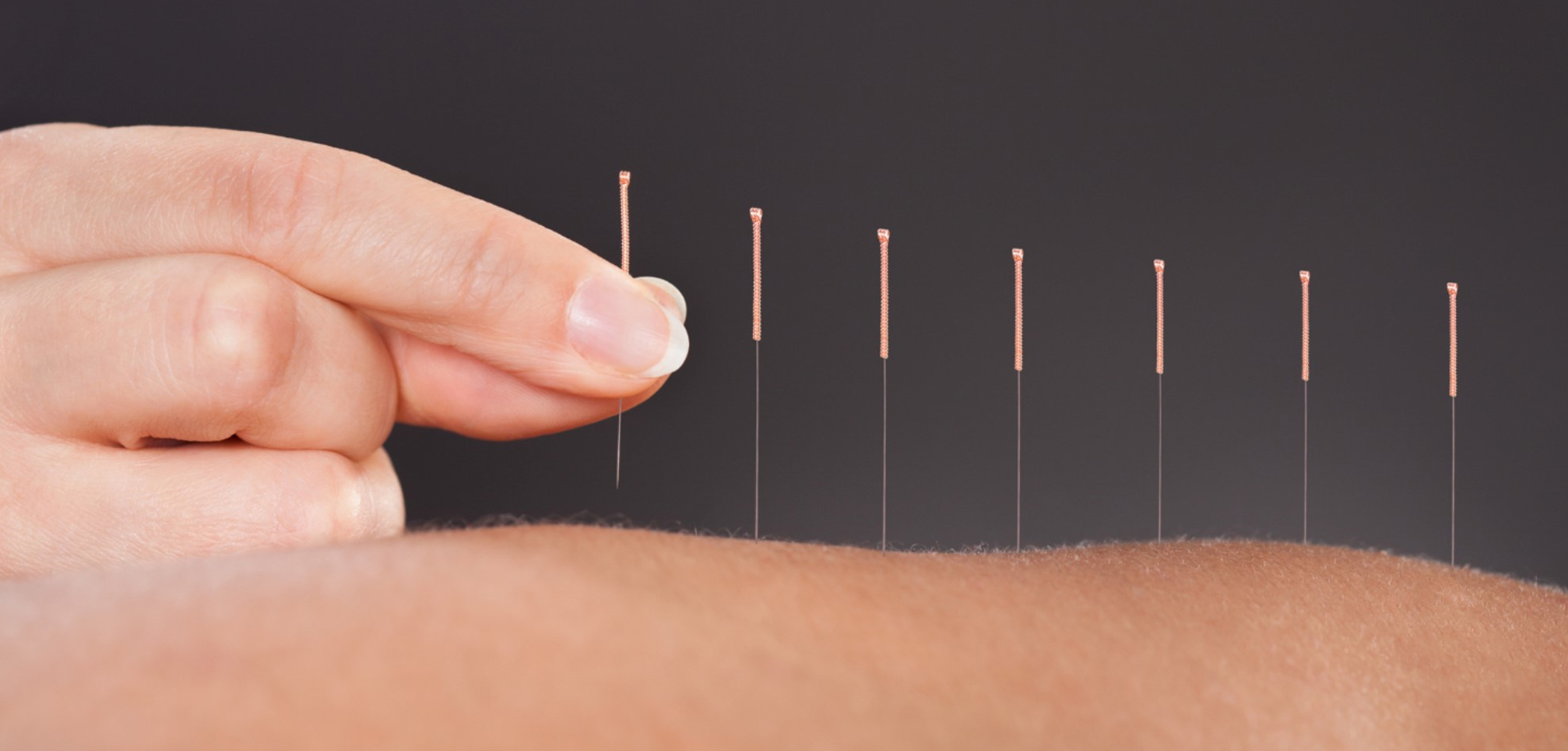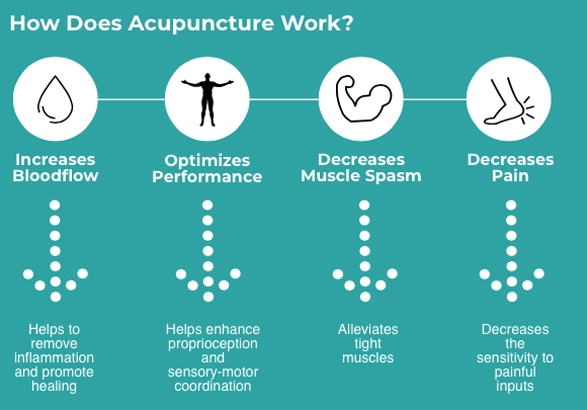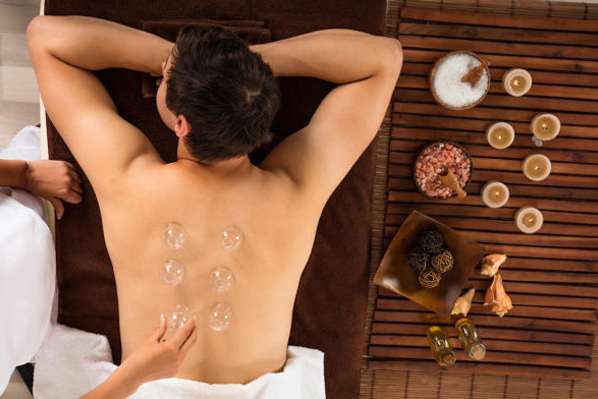– by Pirunrat Nathchayanonth (Yori), Client Coordinator

Acupuncture may not be something new anymore, in fact, this thousands of year-old remedy has made its way into more than just medical treatments. Acupuncture is now also widely known for its cosmetic purposes as well.
It looked very scary to me at first, and let me be very honest, having a grandfather who was a Chinese Medicine Doctor, it was a shame I didn’t give it a go sooner because once I tried it, it’s so amazing that it’s almost addictive (personal opinion claimed here).
But for those who are not accustomed to this new way of treatment, I’ll take you through the journey of this invasive looking but gentle way of therapy.
Acupuncture is “a system of integrative medicine that involves pricking the skin or tissues with needles, used to alleviate pain and to treat various physical, mental, and emotional conditions. Originating in ancient China, acupuncture is now widely practiced in the West.”
But how does it work? I mean try penetrating your own skin with a needle, that doesn’t look very comfortable or fun. The needles used in acupuncture are a hair-thin size which cause minimal to no pain, however, if it was inserted in the wrong position, it will cause inflicted pain.

According to John Hopkins Medicine (https://www.hopkinsmedicine.org/health/wellness-and-prevention/acupuncture), Acupuncture points are believed to stimulate the central nervous system. This, in turn, releases chemicals into the muscles, spinal cord, and brain. These biochemical changes may stimulate the body’s natural healing abilities and promote physical and emotional well-being.”
Some of the known benefits for Acupuncture treatments are –
Pain Relief – migraines, chronic body aches, menstrual cramps
Aesthetic Purposes – reduces eye puffiness, diminishes fine lines, lifts droopy eyes
Mental Health purposes –reduces stress and anxiety, helps with sleep issues and depression
But, like every other treatment it is not a one size fits all. The NHS (https://www.nhs.uk/conditions/acupuncture/) warns that “if you have a bleeding disorder, such as haemophilia, or are taking anticoagulants, talk to your GP before you have acupuncture. Acupuncture is also not usually advised if you have a metal allergy or an infection in the area where needles may be inserted.”

Similar to its pioneer,Cupping is also originated in China is“a therapy in which heated glass cups are applied to the skin along the meridians of the body, creating suction as a way of stimulating the flow of energy.”
The first time I heard about cupping, I didn’t understand what it does. Someone I knew had the treatment before and it looked very scary. But again, it isn’t limited to only those horrifying images of blood lump in glasses, not every treatment looks the same.
While cupping treats the pain similarly to how acupuncture does, it also helps with other issues such as respiratory concerns (breathing problems), carpel tunnel syndrome, stomach issues and high blood pressure. However, bear in mind that sometimes cupping could leave some apparent bruises and skin discoloration.
You may not be eligible if you have the following conditions (https://my.clevelandclinic.org/health/treatments/16554-cupping)
- Bleeding disorders like hemophilia
- Blood clotting problems, such as deep vein thrombosis or history of strokes
- Skin conditions, including eczema and psoriasis
In some places, acupuncture and cupping are combined to enhance their benefits to achieve better results faster.
So, if you’re looking for alternative treatments like these two, drop us a message or give us a call and we will connect you to the right experts.
Reference:
https://www.medicalnewstoday.com/articles/156488
https://www.mayoclinic.org/tests-procedures/acupuncture/about/pac-20392763
https://www.medicalnewstoday.com/articles/320707
https://my.clevelandclinic.org/health/treatments/16554-cupping